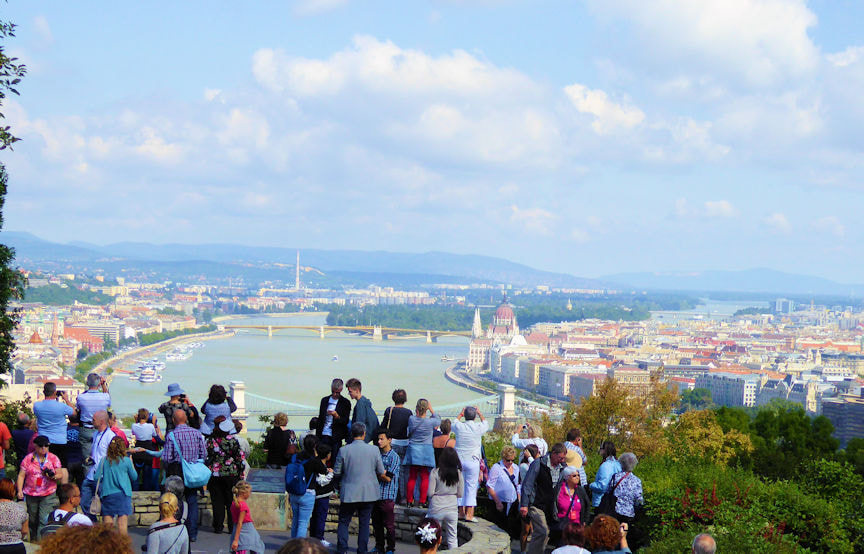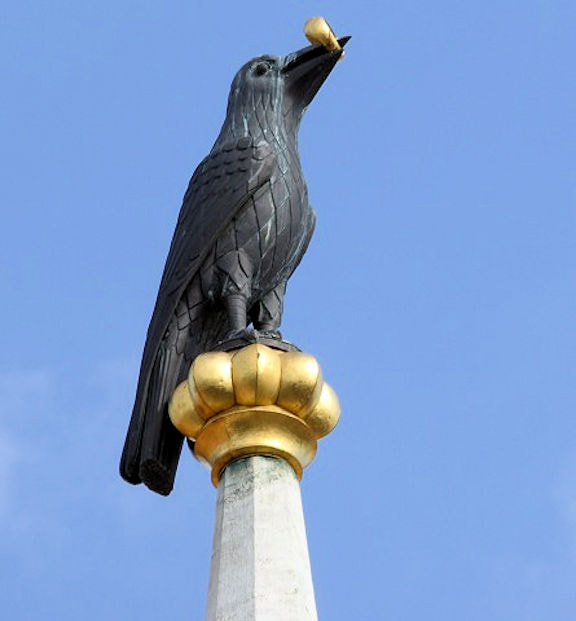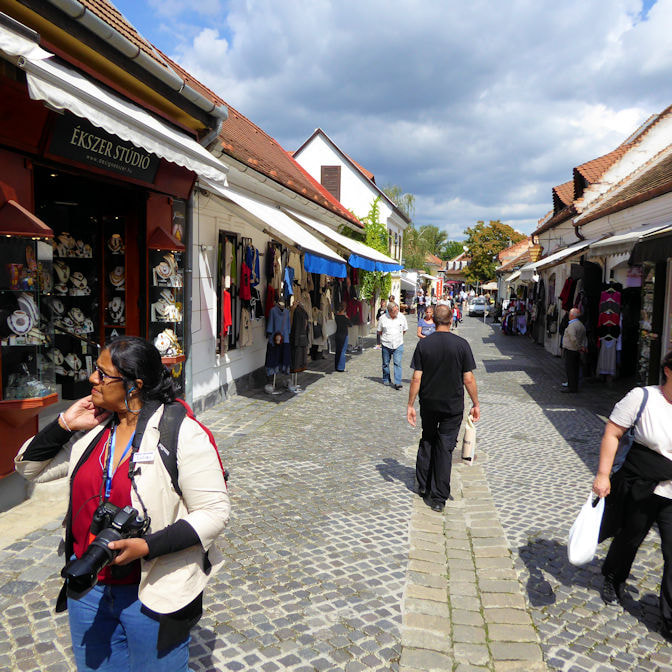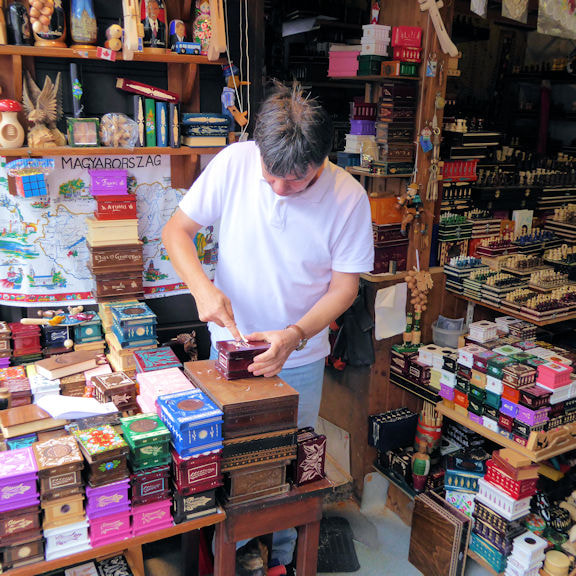Budapest
Budapest, Hungary’s capital, is bisected by the River Danube. Its 19th-century Chain Bridge connects the hilly Buda district with flat Pest. A funicular runs up Castle Hill to Buda’s Old Town, where the Budapest History Museum traces city life from Roman times onward. Trinity Square is home to 13th-century Matthias Church and the turrets of the Fishermen’s Bastion, which offer sweeping views.
"Can this city be any more Buda-ful?"
|
The Budapest Castle Hill Funicular or Budavári Sikló is a funicular railway in the city of Budapest, in Hungary. It links the Adam Clark Square and the Széchenyi Chain Bridge at river level to Buda Castle above. The line was opened on March 2, 1870, and has been in municipal ownership since 1920.
|
Heldenplatz
|
Budapest, the capital of Hungary, was founded in 1873 by the merger of three cities: Buda, Óbuda and Pest. Today, Buda is usually associated with stately quarters and high class, Pest is where you will find the largest part of the population and so-called urban living. Buda and Pest are connected by the magnificent bridge of Széchenyi (known as the ‘Chain Bridge’).
Szentendre is a small town on the hilly right bank of the Danube 20 kilometers north of Budapest and it is one of the most popular getaways for people from the capital.
Carving a name on a trinket as a souvenir from your holiday
What do you call a religious termite in Hungary?
Buddha-pest
Buddha-pest
|
Click on the arrow above to shot to the Czech Republic
|
Proudly powered by Weebly











